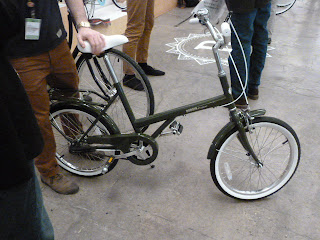The other night we had a "super full moon." Higher-than-normal tides usually come with it. What that means is that when the tides recede, they leave even more sandbars exposed than are usually seen when the tide is out.
These above photo, and the ones that follow, come from Point Lookout, where I rode yesterday.
It seemed that everyone there was happy. Why wouldn't they be? The overcast sky opened to bright sunshine, and everything seemed so peaceful. I pedalled into some wind on my way out there, but that meant an easier ride home.
Isn't that what everybody wants?








.JPG)


























.jpg)



